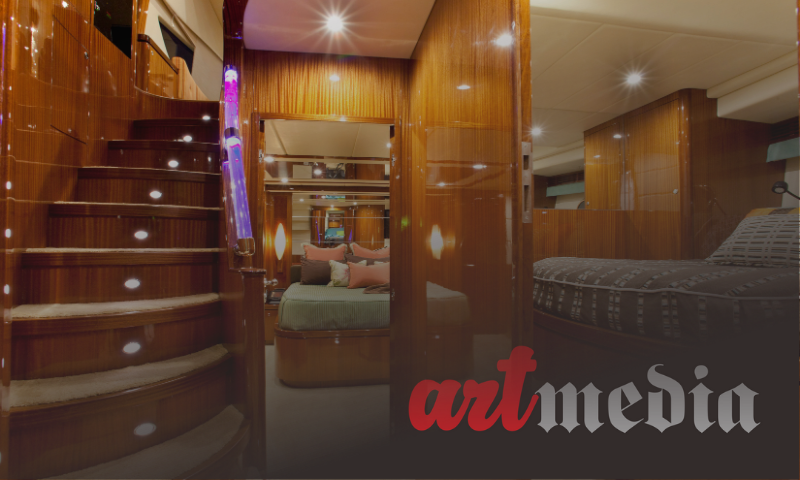
Vintage design is a stunning way to bring back the classic charm of the past into your current space. It involves using elements and furniture from previous eras, creating an atmosphere full of character and distinctive appeal. In this comprehensive guide, we will discuss the various elements and strategies for transforming a space with vintage design.
I. Understanding Vintage Design
Vintage design covers the period from the late 19th century to the mid-20th century. This includes the Victorian era, Art Nouveau, Art Deco, Mid-Century Modern, and more. Understanding the unique characteristics of each of these periods will help you choose appropriate design elements.
II. Classic Furniture Selection
Furniture is a key element in vintage design. Choose furniture with characteristics and styles that represent your chosen era. For example, furniture with delicate carvings is suitable for Victorian style, while Mid-Century furniture has clean lines and distinctive geometric shapes.
III. Choosing the Right Color Palette
Color palettes in vintage designs often include soft natural colors or neutral shades. Beige, cream, dark brown, and light gray are common choices. However, you can also choose colors that are typical of a certain period, such as brick red for Arts and Crafts style.
IV. Adding Antique Touches
Antiques are an important element in vintage design. Looking for antique items such as lamps, mirrors, or decorative accessories can give an authentic feel to your space. Antique furniture can also be an interesting focal point.
V. Embedding Certain Era Motifs and Patterns
Some vintage design eras have distinctive motifs and patterns that can be used to enrich a space. For example, floral and nature motifs are characteristic of the Victorian era, while abstract geometric patterns define the Art Deco style.
VI. Integrate Quality Textiles
Textiles such as curtain fabrics, carpets, and cushions can add warmth and comfort to a space. Choose high-quality materials and patterns that match the vintage design era you’ve chosen.
VII. Creating a Focus on Details
Vintage design pays close attention to details. Details such as molding, carvings, and wall hangings can add a luxurious and classy feel to your space. Also pay attention to door handles, window frames, and other small embellishments.
VIII. Restoration and Maintenance
If you are using existing vintage furniture or decorations, make sure to give them proper care and restoration. This includes cleaning, replacing damaged parts, and restoring the original luster of the material.
IX. Avoiding Overload
While vintage design calls for classic elements, it is important to avoid overload. Choose key elements that represent the style of a particular era and harmonize them with modern elements to create the perfect balance.
X. Celebrate Eclecticism
Don’t be afraid to mix elements from different periods and styles. Eclecticism is part of the appeal of vintage design. It allows you to create a space that is truly unique and full of character.
Conclusion
Vintage design brings back the classic charm and elegance of the past into your current home. By choosing your furniture, accessories, and colors wisely, you can transform your space into one that exudes the charm of a different era. Remember, vintage design is about honoring the past while creating something fresh and precious for now.
 Apptech Channel trading 'll be easier
Apptech Channel trading 'll be easier
